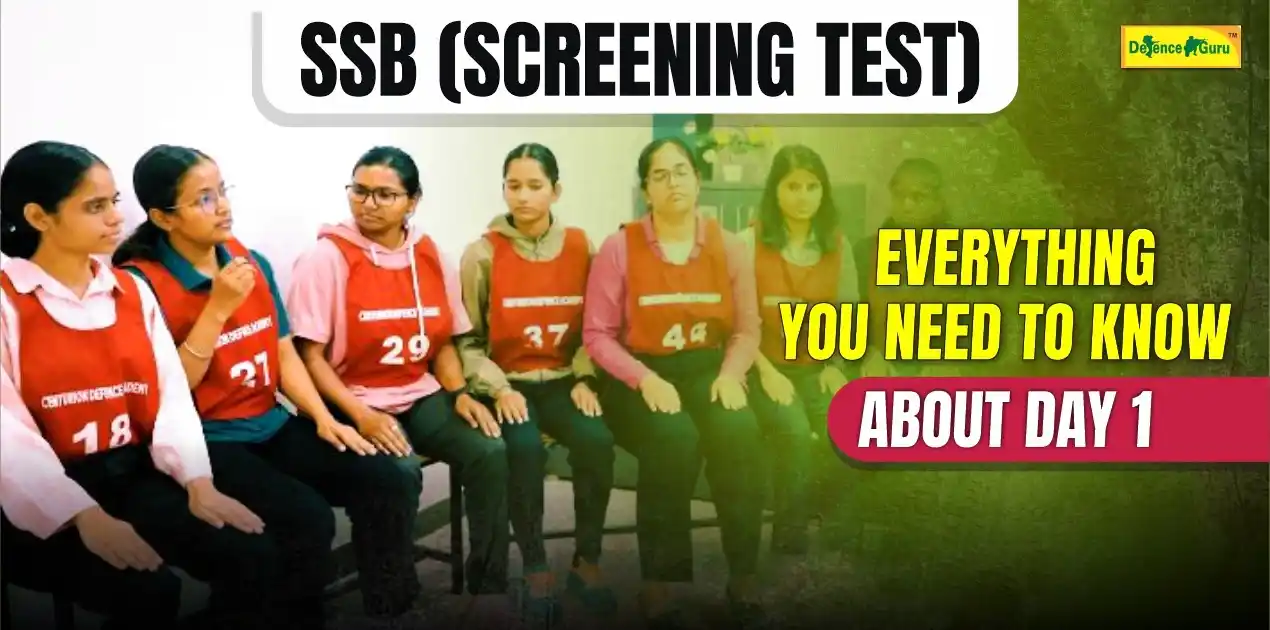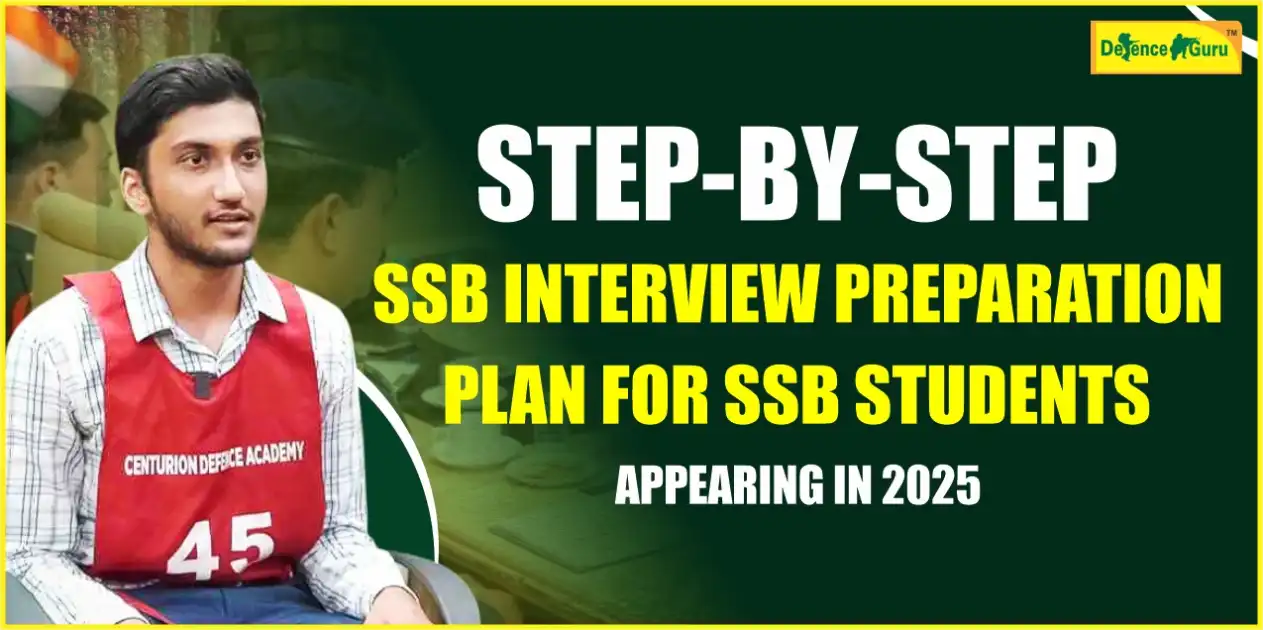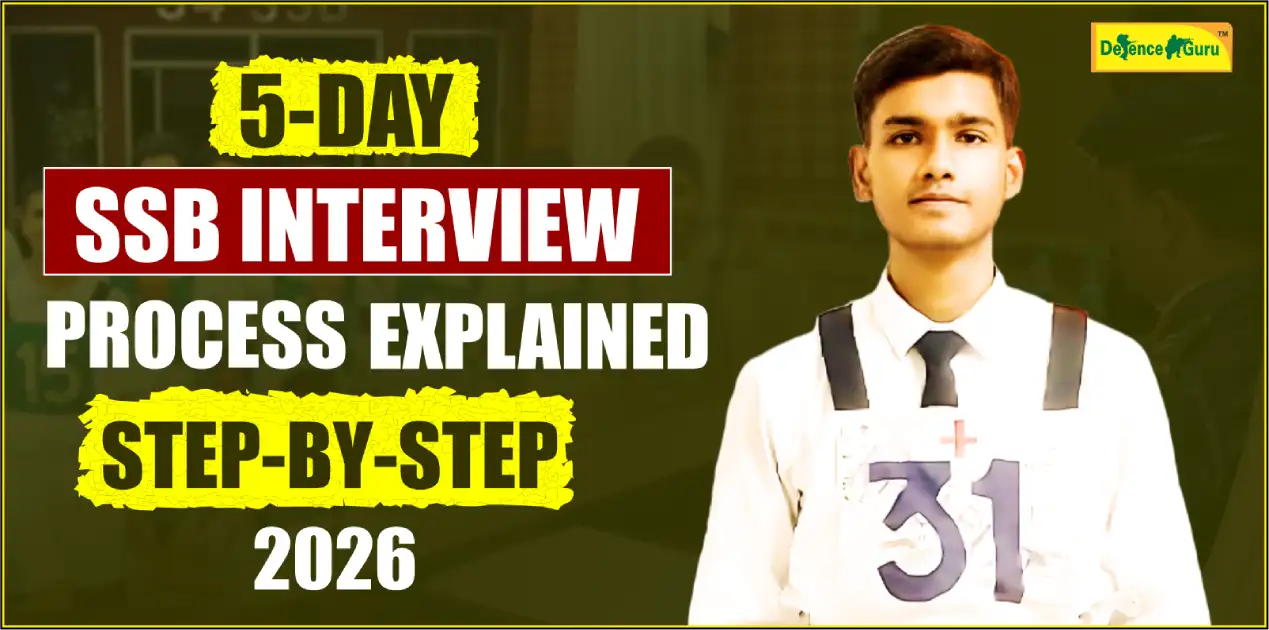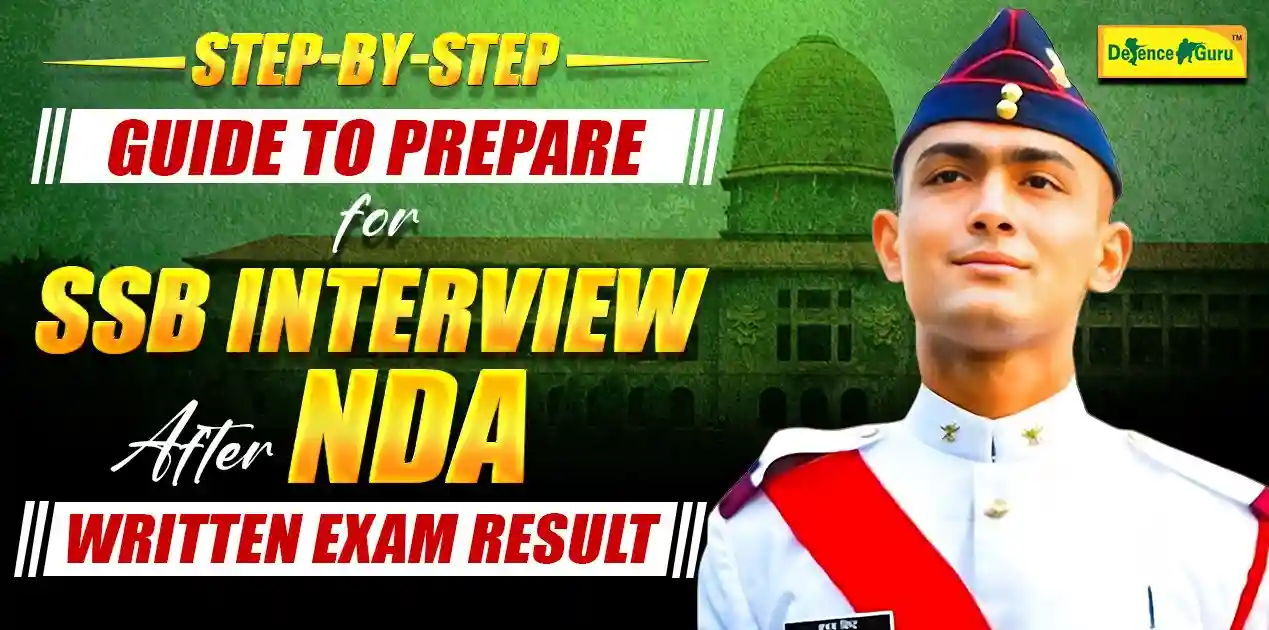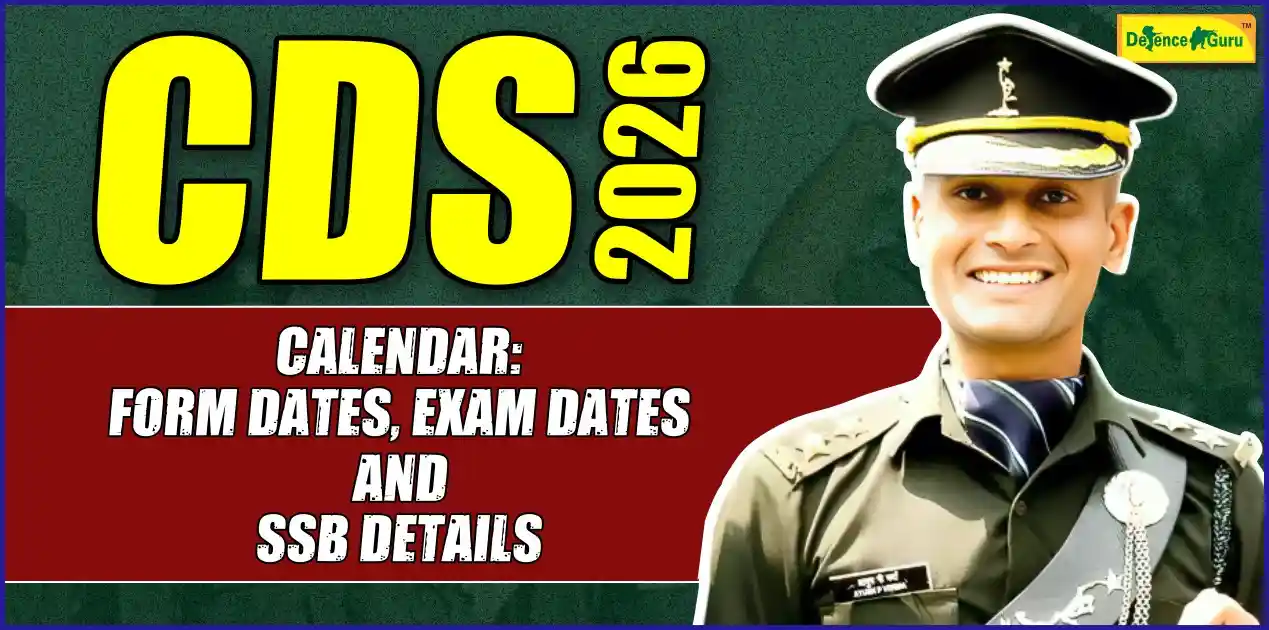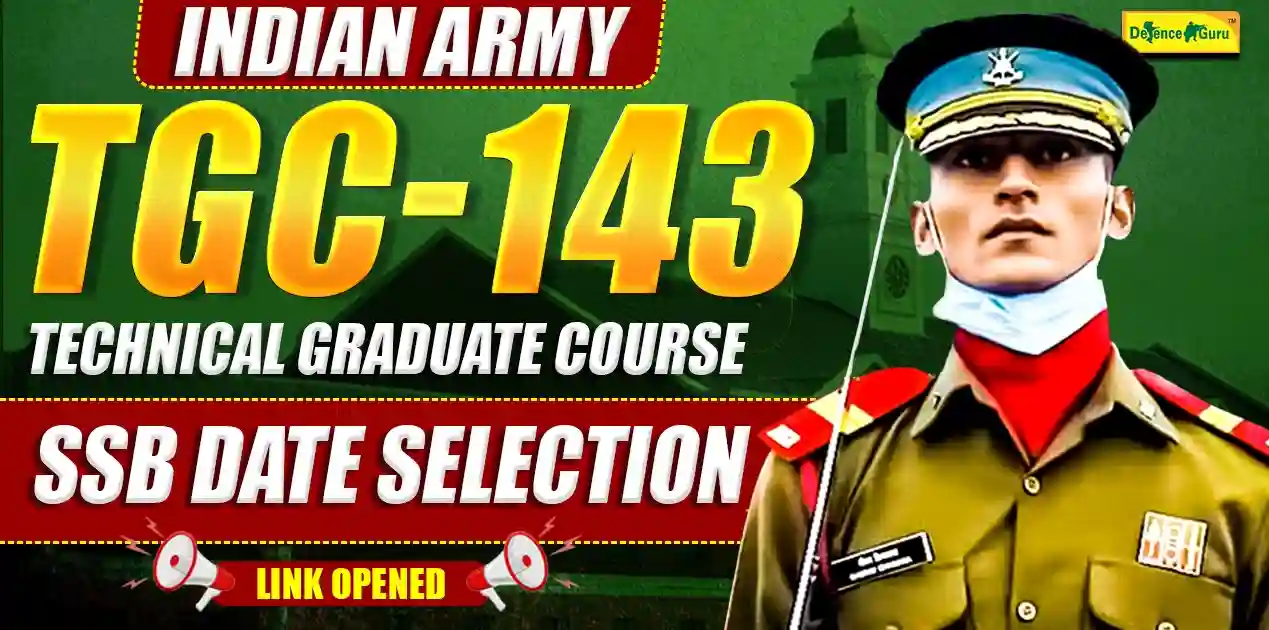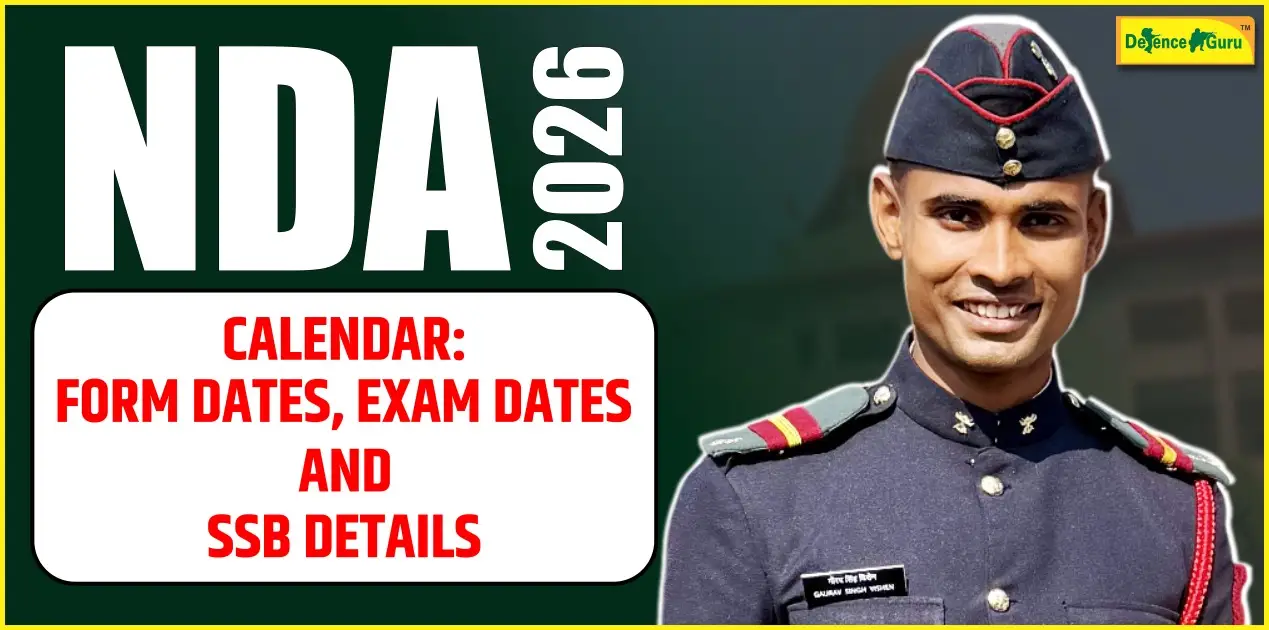Are you preparing for the SSB interview?, You already know it is not an ordinary selection exam; this test is designed to check your personality, leadership skills, and officer-like qualities. But before you even get to the main rounds, there is one important hurdle to clear: Day 1, it is also called the Screening Test.
You've got to think of Day 1 as a make-or-break opportunity. It sets the stage for whether you will participate in the full five-day process or leave after the first day. Also, it is a high-level stress situation. However, if you do it right and have the right preparation, it is absolutely achievable.
Why is the Day 1 Screening Test So Important?
The SSBs handle the assessment of large numbers of candidates each year. To do an in-depth evaluation of each is out of question, which is why they out-rule those that do not meet basic requirements.
That’s where the screening test comes in. It acts like a sieve: only those who demonstrate minimum officer-like potential move forward, while the rest are “screened out.”
So remember, Day 1 is not just a formality; it is your entry ticket into the real SSB tests.
What Happens on Day 1 of SSB?
The Screening Test is made up of two main parts:
- Officer Intelligence Rating (OIR) Test
- Picture Perception and Description Test (PPDT)
Let’s go through them one by one.
1. Officer Intelligence Rating (OIR) Test
The OIR test measures what is basically your thought speed and accuracy. It does not require in-depth knowledge of a subject; what Assessors are looking at is how well and how fast you do every day type reasoning problems.
Question Types:
- Verbal reasoning: series, coding-decoding, analogies, arithmetic reasoning
- Non-verbal reasoning: figure patterns, mirror images, spatial relations
Format:
- Around 40-50 questions per set
- Usually, two sets are given
- Time: Around 17-20 minutes per set.
Scoring: Candidates are evaluated on a scale (OIR, which is best at 1). Though the score is a factor, it is mainly in conjunction with your PPDT performance, which determines the screening result.
Tips to Ace OIR:
- Practice everyday basic reasoning problems. Also, use books like Ranneeti and online mock tests.
- Against the clock, speed and accuracy are key.
- Don't be stuck; if a question is confusing that you can't answer right away, skip it.
- Attempt everything; there is no negative marking.
2. Picture Perception and Description Test (PPDT)
This is the make-or-break test of Day 1. Even with a decent OIR score, your PPDT performance carries the most weight.
How PPDT Works:
1. Picture Projection: Each candidate has 1 minute to present their story to the group.
2. Story Writing: You get 4 minutes to come up with a short story about what you see.
You need to note:
- Number of characters
- Their age, gender, and mood
- What’s happening in the scene
- How the story progresses and ends
3. Narration: Each candidate narrates their story to the group(1 minute each).
4. Group Discussion: The group discusses building a common story. Assessors observe how you perform in group settings.
Qualities Assessors Look For:
- Sharp observation skills
- Logical and structured thinking
- Positive attitude (best possible outcome)
- Clear and confident narration
- Team and commitment to talking
Tips to Ace PPDT:
- Observe carefully: Note each second of what is happening.
- Keep your story realistic: No superhumans or big turns. Very practical.
- Structure matters: Begin with the situation, present the action, and end on a high note.
- Narrate confidently: Do not just read off your paper. Make eye contact and speak clearly.
- Group discussion strategy: Share your input in a meaningful way. Don’t dominate or shout out; support good ideas.
Common Mistakes to Avoid on Day 1
- Overcrowding the story: Writing about 10 characters when only 2-3 are visible.
- Negative endings: Steer clear of sad or negative results; always go for the positive.
- Weak narration: Reading off the page exactly or using a very soft voice.
- Aggressive behaviour in discussion: Shouting is not a sign of good leadership; what is present is calm assertiveness.
- Complete silence: If you are silent, assessors don’t see value in you.
General Preparation Tips for Screening Test
- Stay Fit and Energetic: Confidence is the cornerstone of both physical and mental health – exercise and eat healthy food, and sleep well.
- Practice Mock OIR Papers: Speed and accuracy are paramount.
- Story Writing Drills: Pick a random picture and in 4 minutes write a story.
- Group Discussion Practice: Discuss with friends and debate with them to develop your ability to communicate.
- Improve Communication Skills: Read out loud, Practise English or Hindi narration, and make sure it is clear.
- Stay Calm on the Day: Anxiety can bring down your performance. Try out deep breathing to calm nerves.
- Learn from Others: Speak to seniors and peers who have cleared the SSB successfully for guidance.
What Happens After Day 1?
- If you’re screened in, you’ll stay back and proceed to the detailed tests (psychology, GTO tasks, personal interview, and conference).
- If you are screened out, you will return home on the same day. While it feels disappointing, remember that many candidates succeed after so many attempts. Take it as a learning.
Final Thoughts
The SSB Screening Test on Day 1 may look like a small part of the overall interview, but in fact, it is the gatekeeper that determines if you get the chance to present your full potential over the next days.
To give yourself the best chance:
- Be quick and accurate in OIR.
- Write clear, logical, and positive stories in PPDT.
- Present yourself with confidence and participate constructively in the group.
- Above all, keep cool and true to yourself.
Read more:
What are the 4 Psychological factors to crack the SSB interview
Lecturette Topics for SSB 2025- With Structure & Sample Content

